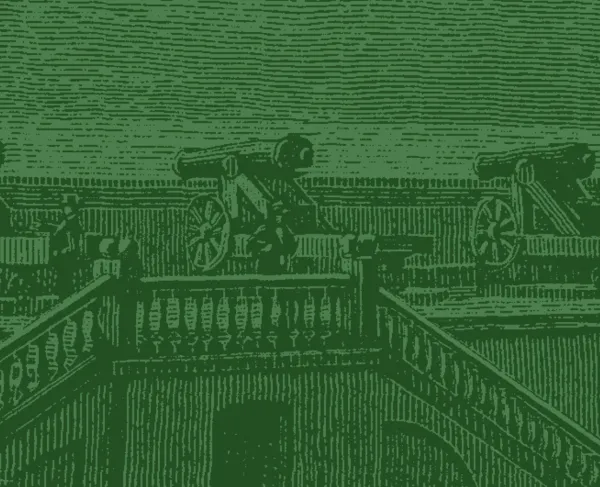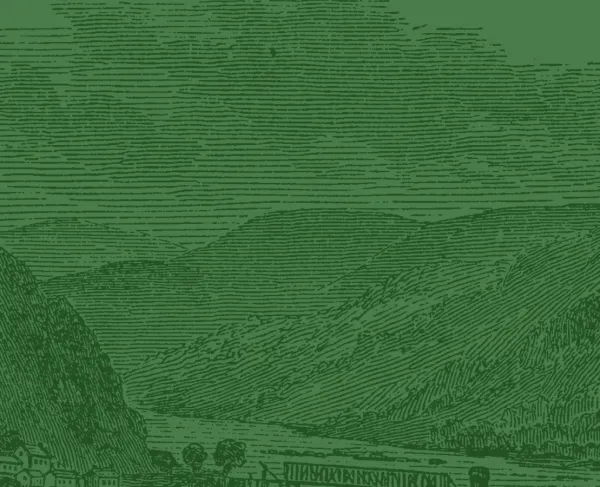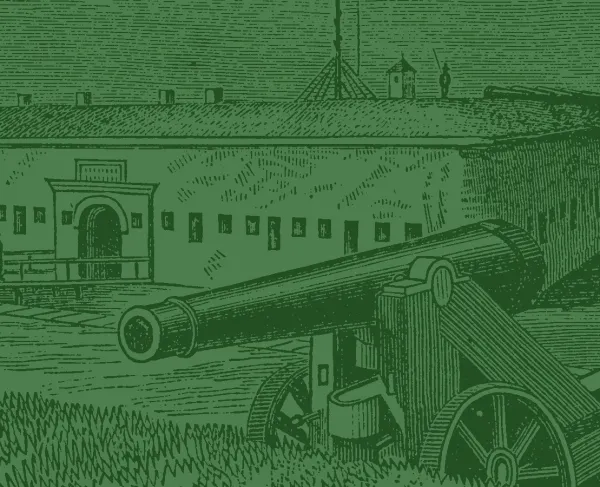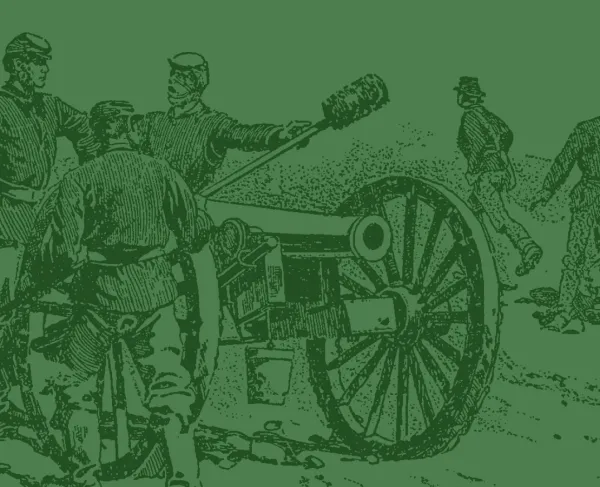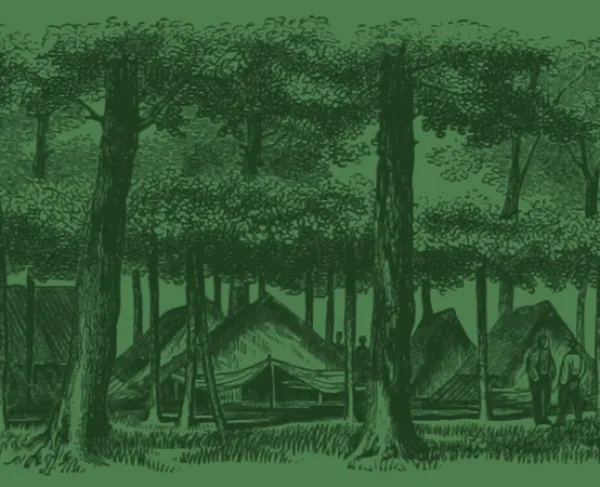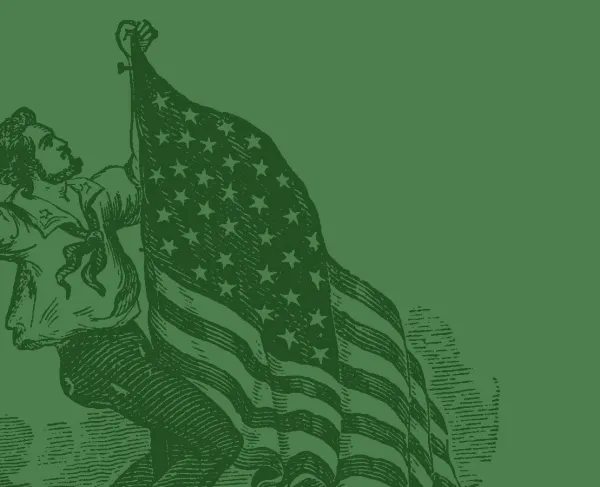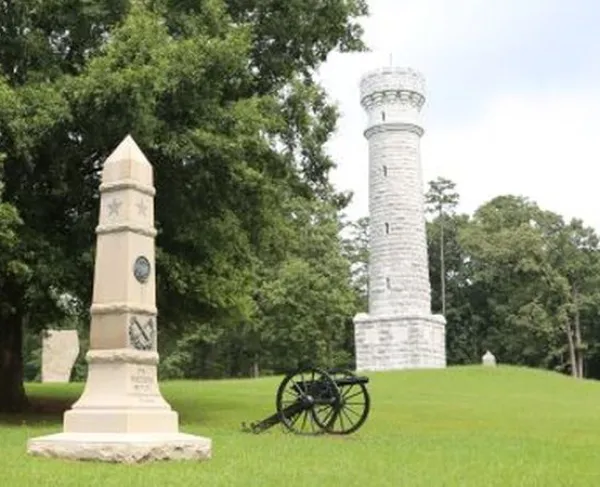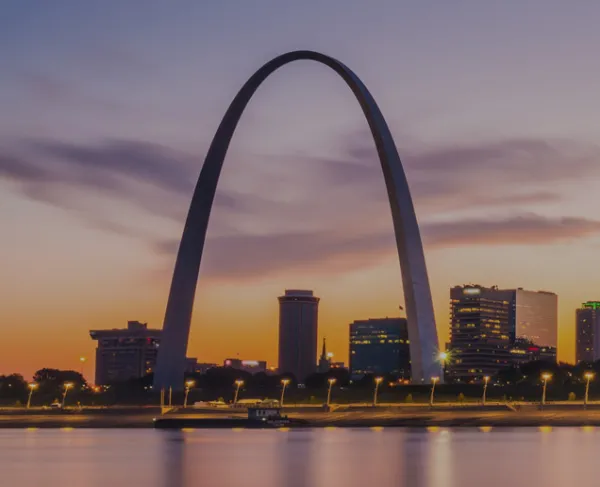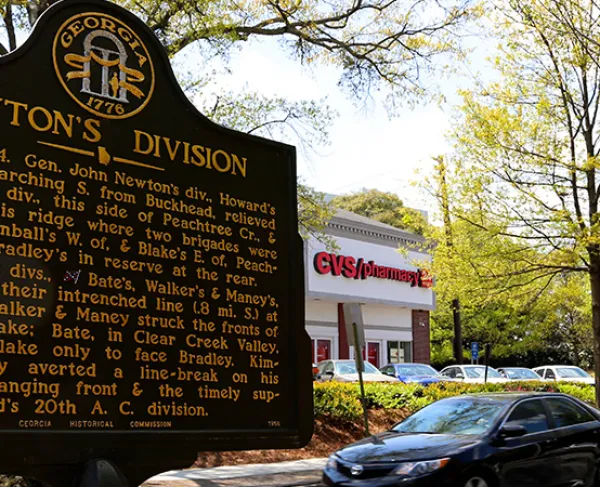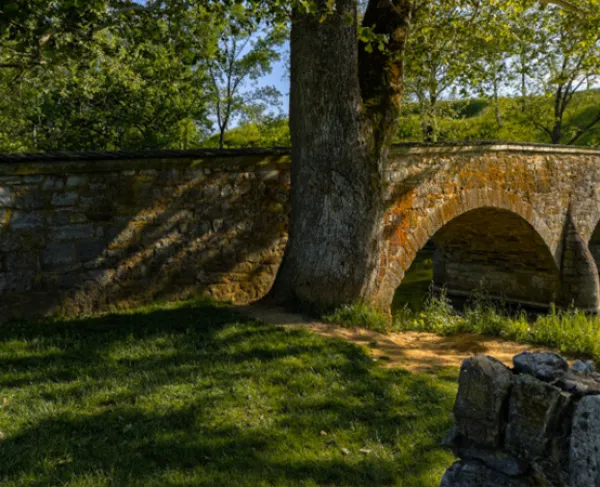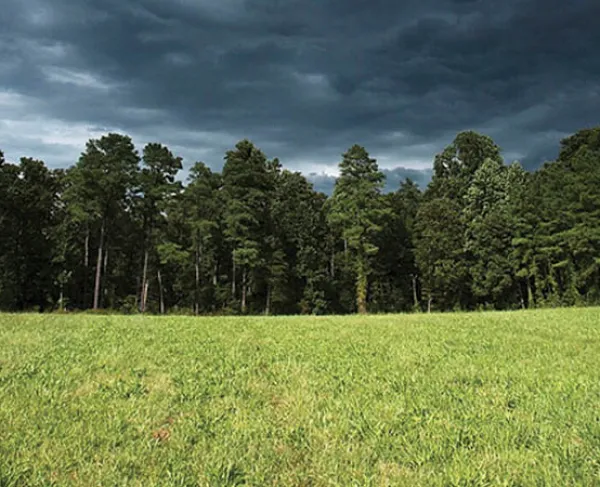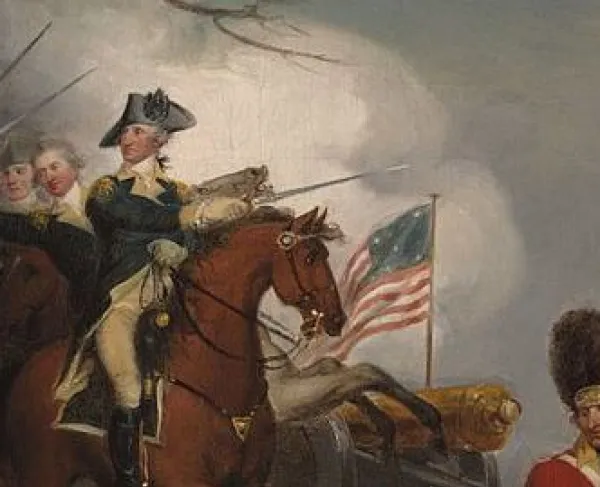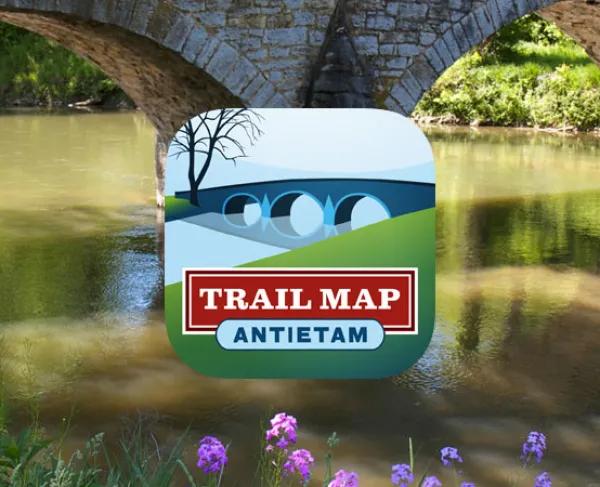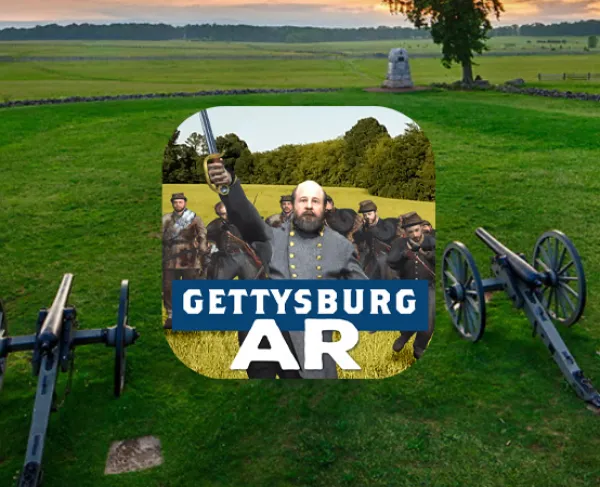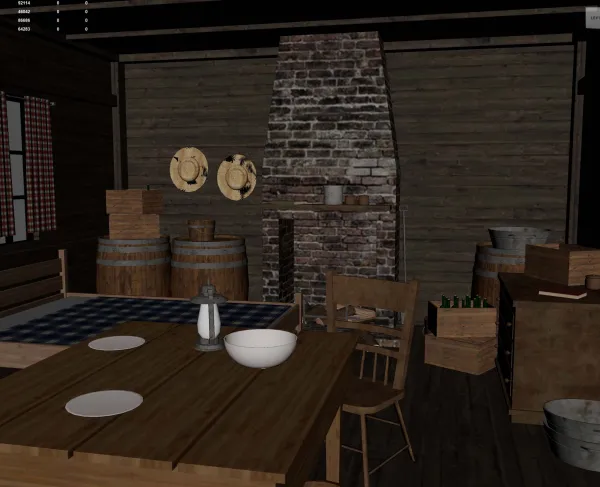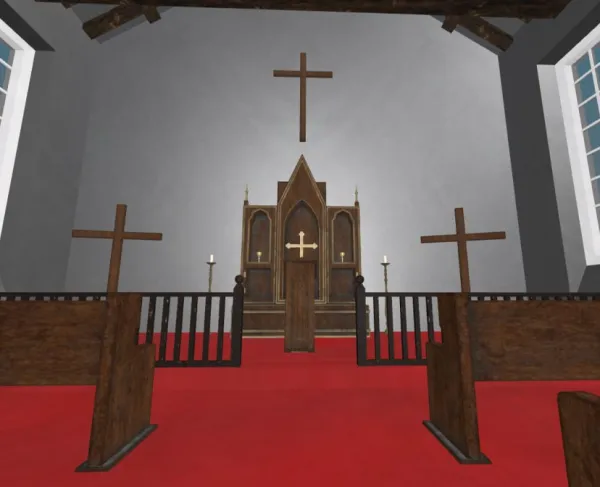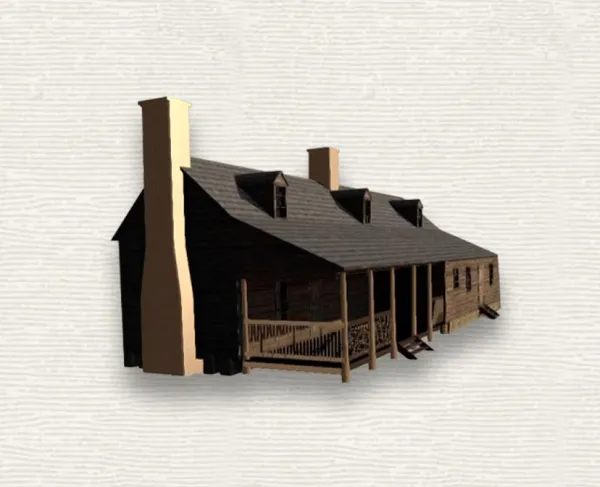Fort Barrancas, Gulf Islands National Seashore
Florida
3182 Taylor Road
Pensacola, FL 32508
United States
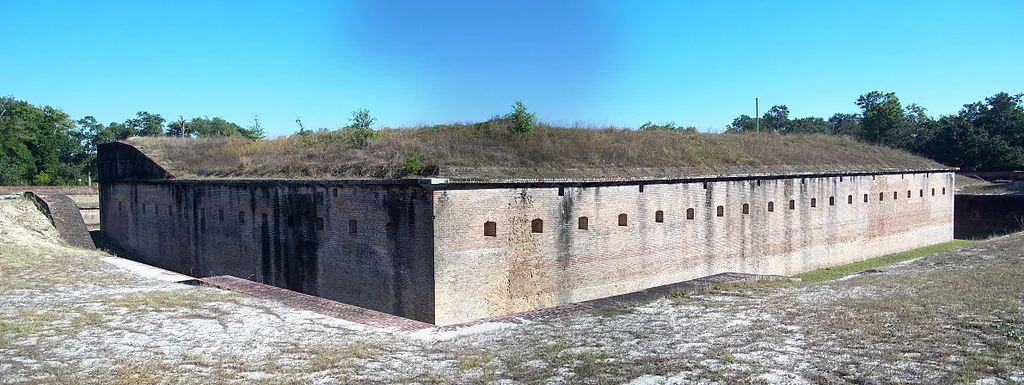
Fort Barrancas Area is a 64.5-acre site with three masonry forts: the Spanish Water Battery (1797–1798), Fort Barrancas (1839–1844) and Advanced Redoubt (1845–1870). The United States Army used the area to defend the nation from attack and safeguard American ideals of liberty, equality, and justice from the 1820s through World War II. To provide for the common defense, the Army committed a grave injustice—it forced enslaved men to construct and maintain each fort.
In 1861, the three forts were part of a 1,600-acre Army base called Barrancas, named for the landscape it occupied. Florida and Alabama militia captured Barrancas in January of 1861, but Confederate forces evacuated the following spring. US soldiers reoccupied Barrancas in May 1862 and held it through the end of the Civil War. In 1863, enslaved men, or freedom seekers, self-emancipated themselves by escaping to Barrancas. Some freedom seekers joined the Army and served in segregated units in what became the United States Colored Troops (USCT). Four Black regiments—the 25th, 82nd, 86th, and 97th USCT—served at Barrancas. Black soldiers participated in several expeditions in western Florida and southern Alabama. In March 1865, 12 USCT regiments totaling about 5,500 Black soldiers organized at Barrancas for the Mobile Campaign. The USCT initiated the final and successful attack against Confederate lines in the Battle of Fort Blakeley in Alabama on April 9, 1865. After the war, parts of the 25th and 82nd USCT returned to Barrancas, serving there through 1866. One hundred and sixty Black soldiers who served in the USCT now rest in Barrancas National Cemetery.
Today, Fort Barrancas Area is part of Gulf Islands National Seashore, a unit of the National Park Service. The site is listed on the National Register of Historic Places and on the National Underground Railroad Network to Freedom Program.
Site History
1821–1839
- Florida became a United States territory in February 1821 when the Adams-Onís Treaty transferred the area from Spain.
- In March 1825, the federal government established the Pensacola Navy Yard on a peninsula southwest of the city of Pensacola. The harbor’s size and depth made it ideal for US Naval ships.
- The US Army Corp of Engineers built masonry forts on Pensacola Bay to protect the navy yard and harbor. Fort Pickens was built between 1829–1834 on the west end of Santa Rosa Island. Fort McRee was built between 1834–1839 on Perdido Key’s east end. The two forts guarded the shipping channel connecting the Gulf of Mexico to the harbor.
1839–1861
- In 1839, Army engineers and enslaved laborers began modernizing the Spanish Water Battery. Afterwards, construction of Fort Barrancas began. The fort was completed in 1844.
- Enslaved laborers broke ground for Advanced Redoubt of Fort Barrancas in 1845. Construction ceased in 1870 due to limited funding.
- By January 1861, the US military established a sprawling Navy-Army complex on Pensacola Bay. During the secession crisis, southern leaders made plans to capture the complex and its armament.
1861–1864
- In January 1861, US soldiers evacuated Barrancas in favor of Fort Pickens. Days later, southern militia seized the navy yard, Fort McRee, and Barrancas. This led to a months-long military standoff before the Civil War began in April.
- Fighting occurred on Pensacola Bay in September, October, and November 1861 and January 1862. Military defeats elsewhere drew Confederate forces away from the area, with Confederates evacuated by May. US forces reoccupied Barrancas and held western Florida for the rest of the war.
- In September 1863, the 14th Regiment, Corps d’Afrique, arrived at Barrancas. Light skirmishing between Black soldiers and Confederates occurred in October. The Army renamed the regiment the 86th USCT in April 1864.
- In November 1863, Brigadier General Alexander S. Asboth assumed command of West Florida, with headquarters at Barrancas.
- Wearing a heavy metal bar on his right leg, a freedom seeker named Henry reached Barrancas in December 1863. Soon after, Henry enlisted in the 14th Regiment as Henry Stalburt.
1864–1866
- On January 1, 1864, commemorative services and a celebration are held for the one-year anniversary of President Abraham Lincoln’s Emancipation Proclamation.
- In April 1864, Asboth reported that two Black cooks laboring with the 15th Confederate Cavalry entered his lines at Barrancas. At the same time, the 82nd USCT arrived from Louisiana. Charles E. Nash, a First Sergeant in Company A, went on to become Louisiana’s first Black Representative elected to the 44th Congress in 1874.
- In late July 1864, Asboth led a force comprising white and Black soldiers, with four companies from the 82nd and six companies from the 86th USCT, on an expedition from Barrancas to Pollard, Alabama. Simultaneously, the 25th USCT from Philadelphia arrived at Barrancas.
- Asboth’s forces skirmished with Alabama cavalrymen and a militia company at Milton, Florida, in August 1864, where they liberated three Black camp servants.
- In September and October 1864, Asboth led a second expedition from Barrancas to Marianna, Florida. Around 600 freedom seekers followed Asboth’s force on their return trip to Pensacola Bay. Able-bodied Black men joined the Army.
- In Late October 1864, Lieutenant Colonel Andrew B. Spurling, 2nd Maine Cavalry, led a force comprising white and Black soldiers, including companies from the 25th, 82nd, and 86th USCT, on an expedition up Blackwater Bay. Spurling’s force skirmished with the 8th Mississippi Cavalry and militia.
- Around November 1864, white officers in the USCT began using Advanced Redoubt as a school to teach Black men to read and write. That same month, the 97th USCT arrived to work on the post defenses.
- Colonel George D. Robinson, 97th USCT, led an expedition comprising the 1st Florida Cavalry and 82nd USCT from Barrancas to Pollard, Alabama, in December 1864. Skirmishing erupted along the Little Escambia River and Pine Barren Creek. About 200 freedom seekers followed Robinson’s force back to Barrancas.
- In late February and early March 1865, Major General Frederick Steele organized a large force at Barrancas for the Mobile Campaign. Steele’s force included an all-Black division totaling about 5,500 soldiers—the largest concentration of Black soldiers in Florida during the Civil War.
- In April 1865, Lieutenant Colonel Benjamin F. Marsh, 2nd Illinois Cavalry, led a foraging party from Barrancas to Bagdad, Florida. Marsh returned to Barrancas with 5 Black recruits.
- In late May and early June 1865, Asboth led an expedition made up of white and Black soldiers from Barrancas to a new military post at Apalachicola, Florida.
- By September 1866, the 82nd USCT, the last Black regiment serving at Barrancas, mustered out of federal service.
